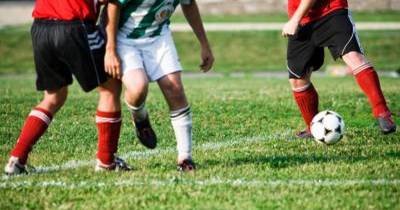 Communication is an essential tool for someone training young kids to play soccer. Just as essential, I believe, is for the trainer to have an understanding of the strengths and weaknesses of the players with whom he is working. Training sessions with diverse skill levels are detrimental to the skill development of all the players involved. One thing trainers need to do is to ensure that training sessions are built with the skill of the kids involved. And, as mentioned, avoid placing weaker kids with stronger kids for training purposes regardless of age. Some clubs are going to a data system where each child is rated for soccer ability and athleticism, given a score, and then placed in a training group consistent with that score (not based on age). This ensures all kids are in groups where they are challenged and can excel.
Communication is an essential tool for someone training young kids to play soccer. Just as essential, I believe, is for the trainer to have an understanding of the strengths and weaknesses of the players with whom he is working. Training sessions with diverse skill levels are detrimental to the skill development of all the players involved. One thing trainers need to do is to ensure that training sessions are built with the skill of the kids involved. And, as mentioned, avoid placing weaker kids with stronger kids for training purposes regardless of age. Some clubs are going to a data system where each child is rated for soccer ability and athleticism, given a score, and then placed in a training group consistent with that score (not based on age). This ensures all kids are in groups where they are challenged and can excel.
But, that is not the point I wanted to discuss. I mentioned before how coaches sometimes give instructions that, as we say in the legal business, assumes facts not in evidence. What I mean is that coaches will tell kids to pass in games, but the kids lack the ability to catch. If they cannot catch the ball, how can they pass the ball? My experience with kids is that if they have the ball with time and space, they generally do something smart with it. From my observations, one of the main reasons young players lack time and space with the ball is because (1) they lack mastery over the ball so that when a ball is presented to them (from a teammate or a loose ball), they lack the ability to control it quickly, and (2) they lack the ability to run off the ball to open space where they can receive it with time and space. Note in (2), a proper catch is still required. We can save (2) for another day.
I noticed this with my girls’ team in year 2 – at our first tournament. When you play better teams, your players’ time and space gets squeezed. My girls just couldn’t get a clean handle on the ball, thus, rarely had it with the time and space they needed to do something helpful with it. From then on, we worked on traps. All kinds. Trapping rollers, bouncers, line drives, punts. You name it. Even then, I lacked an understanding of the technique to properly teach the technique. Through research, assistance from other coaches, and trial and error, our system was/is: (1) relaxed foot (angled 45 degrees to ground) (we called it a “loose tooth”), (2) foot slightly off the ground where contact with center of the ball is likely, and (3) encouragement to catch the ball in front of your body, not underneath. The whole system was referred to as “peanut butter feet” as opposed to “concrete feet.” Not sure why. It just fit.
...
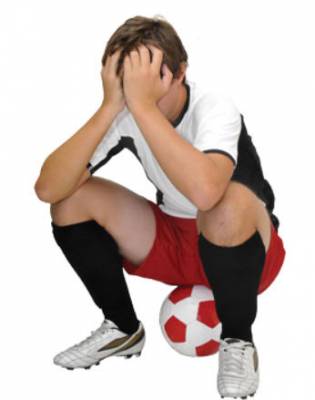 This topic will UPSET many people & clubs so get ready!
This topic will UPSET many people & clubs so get ready!



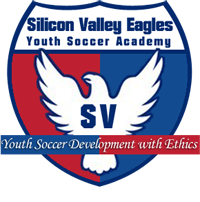
 It's June or January and that means tryouts for club soccer teams. There are a few select regional-quality teams that can pick and choose the cream-of-the-crop players. But in general, soccer teams are a buyer's (players/parents) market. Teams need good players more than good players need teams, and good players can exercise their power by moving to a team that closely fits their needs.
It's June or January and that means tryouts for club soccer teams. There are a few select regional-quality teams that can pick and choose the cream-of-the-crop players. But in general, soccer teams are a buyer's (players/parents) market. Teams need good players more than good players need teams, and good players can exercise their power by moving to a team that closely fits their needs.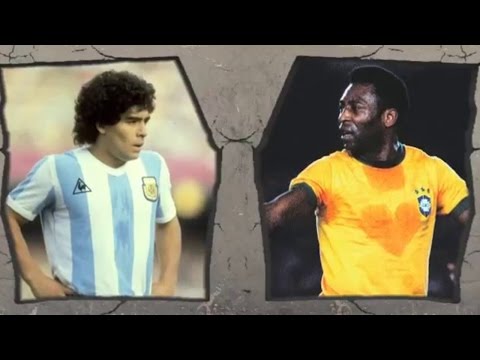 I want you to know that the best coaches in the world alone they cannot make you into the best soccer player possible by themselves. They need help. They need You.
I want you to know that the best coaches in the world alone they cannot make you into the best soccer player possible by themselves. They need help. They need You.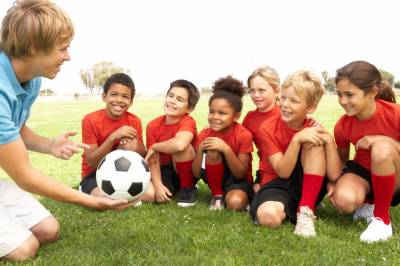
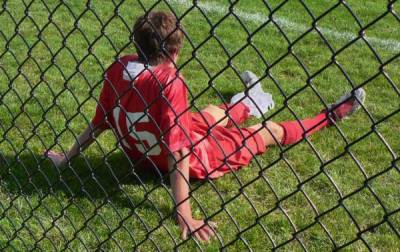 A few years ago while Chuck was teaching a karate class at my gym, a mother and her son arrived for the youngster’s first private karate lesson. As they sat down to wait for the lesson to begin, he noticed the boy was sitting on his mom’s lap—he was 12 years old. An hour later, another 12-year-old arrived for his baseball lesson. His father informed him that they had just come from the 12-year-olds strength & conditioning coach at another gym and then off to football practice after the baseball lesson.
A few years ago while Chuck was teaching a karate class at my gym, a mother and her son arrived for the youngster’s first private karate lesson. As they sat down to wait for the lesson to begin, he noticed the boy was sitting on his mom’s lap—he was 12 years old. An hour later, another 12-year-old arrived for his baseball lesson. His father informed him that they had just come from the 12-year-olds strength & conditioning coach at another gym and then off to football practice after the baseball lesson.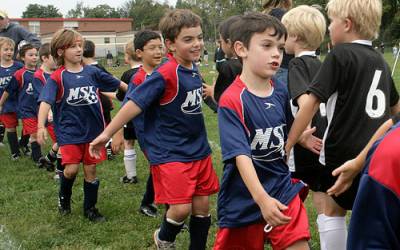 Children gain so much from participating in sports, like the opportunity to develop
Children gain so much from participating in sports, like the opportunity to develop 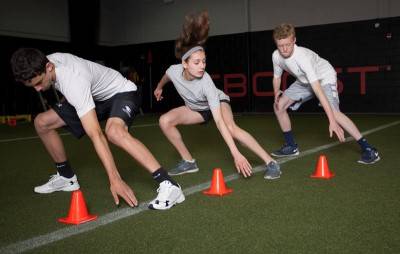 People have frequently asked me the question “what happens when an athlete gets faster?” There are a lot of benefits, from constantly beating your opponent to improving your vertical jump. But the most amazing and fun benefit is to watch an athlete’s entire identity positively transform. Becoming a faster kid builds confidence and personal power from the inside out.
People have frequently asked me the question “what happens when an athlete gets faster?” There are a lot of benefits, from constantly beating your opponent to improving your vertical jump. But the most amazing and fun benefit is to watch an athlete’s entire identity positively transform. Becoming a faster kid builds confidence and personal power from the inside out.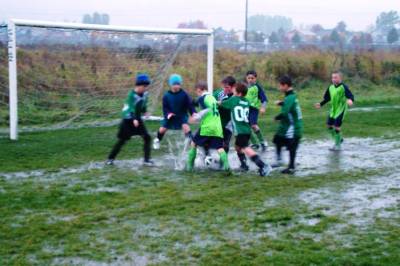
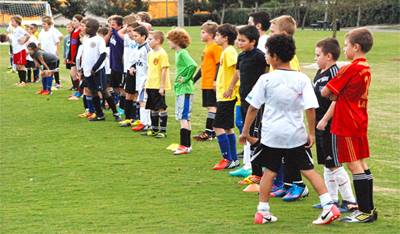 Trying out for a sports team can be a scary process.
Trying out for a sports team can be a scary process. 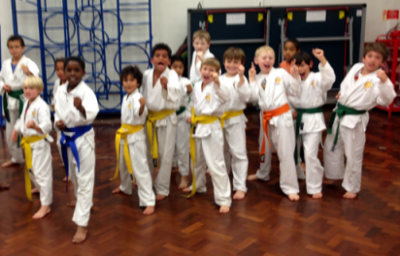 Kids love to move. They love to jump and climb and tumble and, as their coordination improves, to throw and catch.
Kids love to move. They love to jump and climb and tumble and, as their coordination improves, to throw and catch.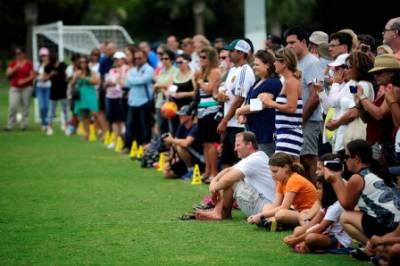 In our quest to help the younger
In our quest to help the younger 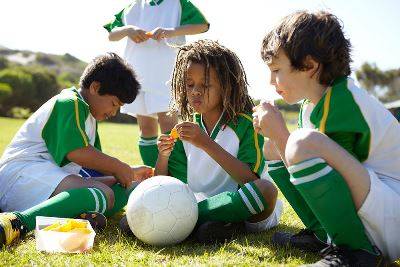
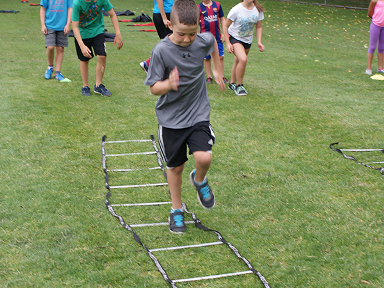 Oh, the weather outside is becoming delightful…
Oh, the weather outside is becoming delightful…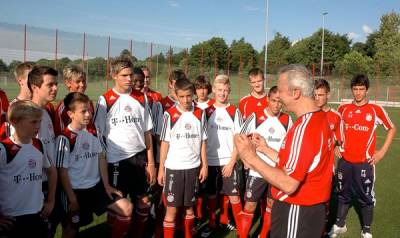 1. Teach Your Players the Skills They Need. Strong Basic Skills win games.
1. Teach Your Players the Skills They Need. Strong Basic Skills win games.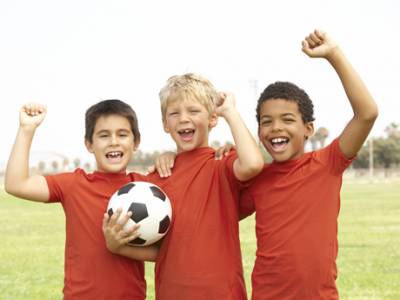 Has your young athlete ever gone into a game competing against him or herself?
Has your young athlete ever gone into a game competing against him or herself?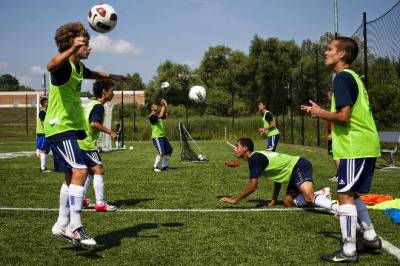 Take a look around. It’s not hard to find examples of parents gone wild at youth sporting events. Arguing with officials, arguing with coaches and berating young kids has become so commonplace we hardly bat an eye. But as coaches, reining in the parents is crucial to a successful season.
Take a look around. It’s not hard to find examples of parents gone wild at youth sporting events. Arguing with officials, arguing with coaches and berating young kids has become so commonplace we hardly bat an eye. But as coaches, reining in the parents is crucial to a successful season.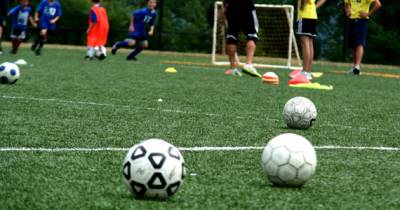 Jozy Altidore is one of the bright young stars playing soccer for the U.S. Soccer team. He currently plays for Sunderland in the English Premier League and recently teamed up with Go Pro Workouts to share his off-season training program with young aspiring athletes. Two exercises that Jozy performs regularly improving his quickness and core strength are the side planks with rotation and barbell front squats. Start incorporating these exercises into your athlete’s training routine and help them become faster and more complete players.
Jozy Altidore is one of the bright young stars playing soccer for the U.S. Soccer team. He currently plays for Sunderland in the English Premier League and recently teamed up with Go Pro Workouts to share his off-season training program with young aspiring athletes. Two exercises that Jozy performs regularly improving his quickness and core strength are the side planks with rotation and barbell front squats. Start incorporating these exercises into your athlete’s training routine and help them become faster and more complete players.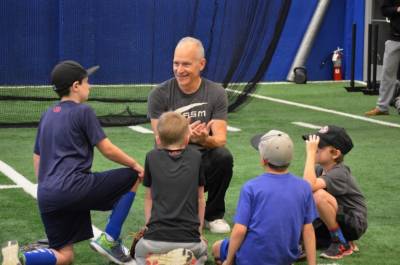 One day at my hitting school, during a class with nine-year-old boys, we were working on the technique of hitting the ball using a pitching machine. One boy, Jake, was struggling with this new skill. His dad finally decided to point out to me all the different things that he was doing wrong with his mechanics.
One day at my hitting school, during a class with nine-year-old boys, we were working on the technique of hitting the ball using a pitching machine. One boy, Jake, was struggling with this new skill. His dad finally decided to point out to me all the different things that he was doing wrong with his mechanics.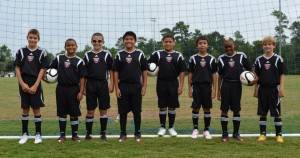 So…let me start by saying that I have spent way too many hours thinking about this issue. While development is the goal, particularly in the small-sided years (anything below 11v11), does there exist a formation for 8v8 that complements development? Or, I should say, that complements development and my coaching philosophy? My coaching philosophy is player development with the style of play being possession based soccer, emphasizing creativity and mastery of the ball, short passes with the ball primarily on the ground. I encourage dribbling around defenders in 1v1 situations, while at the same time recognize the value of the give and go and other 2v1 sequences. I want the boys and girls I coach to be cerebral players and always “think about the next play.” “Show for the ball” when your partner is in trouble, move to space when he is not. I believe strongly that all players need to learn all the positions and be able to interchange (that is Code for “yes, little Johnny may have scored 100 goals as a 7 year old but he needs to learn to defend too”). That is my philosophy in a nutshell.
So…let me start by saying that I have spent way too many hours thinking about this issue. While development is the goal, particularly in the small-sided years (anything below 11v11), does there exist a formation for 8v8 that complements development? Or, I should say, that complements development and my coaching philosophy? My coaching philosophy is player development with the style of play being possession based soccer, emphasizing creativity and mastery of the ball, short passes with the ball primarily on the ground. I encourage dribbling around defenders in 1v1 situations, while at the same time recognize the value of the give and go and other 2v1 sequences. I want the boys and girls I coach to be cerebral players and always “think about the next play.” “Show for the ball” when your partner is in trouble, move to space when he is not. I believe strongly that all players need to learn all the positions and be able to interchange (that is Code for “yes, little Johnny may have scored 100 goals as a 7 year old but he needs to learn to defend too”). That is my philosophy in a nutshell. Communication is an essential tool for someone training young kids to play soccer. Just as essential, I believe, is for the trainer to have an understanding of the strengths and weaknesses of the players with whom he is working. Training sessions with diverse skill levels are detrimental to the skill development of all the players involved. One thing trainers need to do is to ensure that training sessions are built with the skill of the kids involved. And, as mentioned, avoid placing weaker kids with stronger kids for training purposes regardless of age. Some clubs are going to a data system where each child is rated for soccer ability and athleticism, given a score, and then placed in a training group consistent with that score (not based on age). This ensures all kids are in groups where they are challenged and can excel.
Communication is an essential tool for someone training young kids to play soccer. Just as essential, I believe, is for the trainer to have an understanding of the strengths and weaknesses of the players with whom he is working. Training sessions with diverse skill levels are detrimental to the skill development of all the players involved. One thing trainers need to do is to ensure that training sessions are built with the skill of the kids involved. And, as mentioned, avoid placing weaker kids with stronger kids for training purposes regardless of age. Some clubs are going to a data system where each child is rated for soccer ability and athleticism, given a score, and then placed in a training group consistent with that score (not based on age). This ensures all kids are in groups where they are challenged and can excel.

